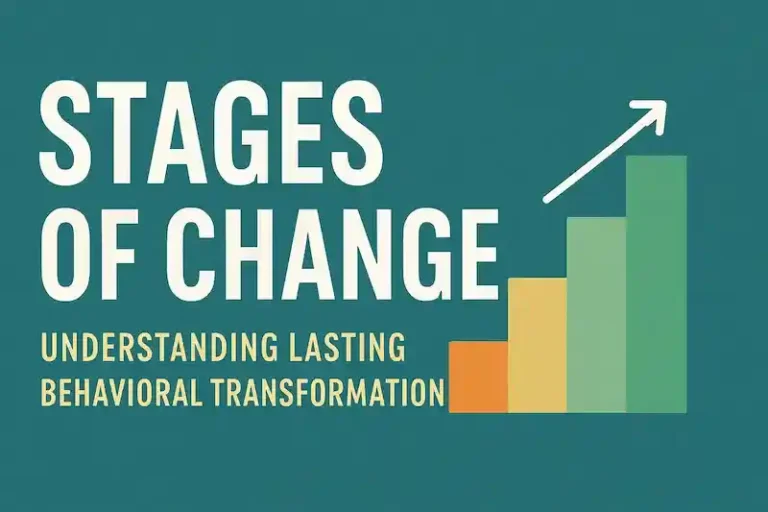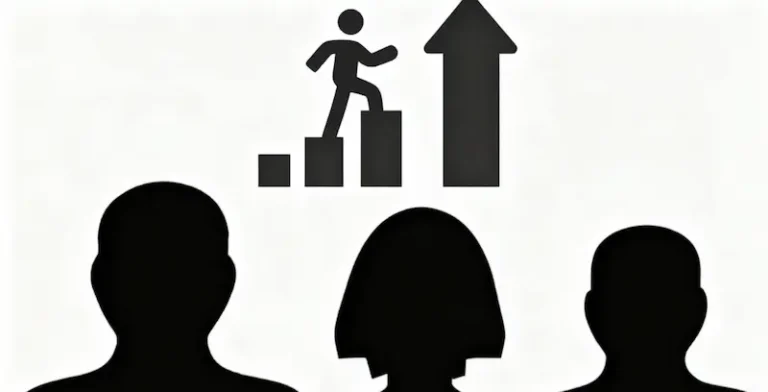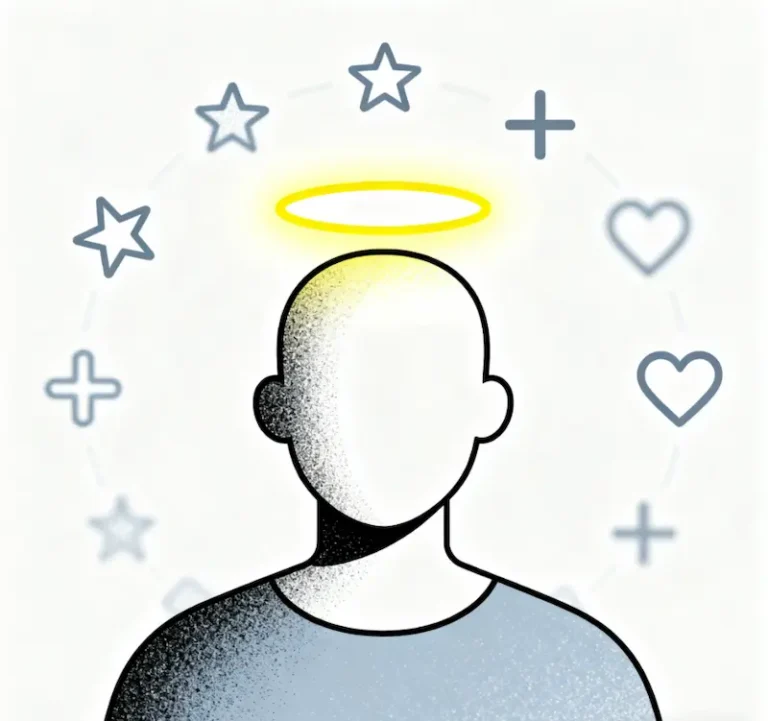The Butterfly Effect: What It Is, Real-Life Examples, and How It Shapes Your Daily Choices

Table of Contents
Introduction: The Power of Tiny Actions You Ignore
Imagine this: You’re a college student working on a 10-page research paper for your psychology class. You spend 3 nights refining your arguments, but in the final edit, you forget to fix a single in-text citation format error. When you get your grade back, that one mistake costs you 2 percentage points—dropping your GPA from a 3.8 to a 3.7. Suddenly, you’re no longer eligible for the $1,000 merit scholarship you’d been counting on.
This is the Butterfly Effect in action: small, seemingly insignificant choices or errors that trigger a chain reaction of much larger consequences. The concept isn’t just a theoretical idea—it’s a principle that shapes everything from your daily routine to major life outcomes. Let’s break down what the Butterfly Effect really is, how it shows up in real life, and what it can teach you about making smarter decisions.
What Is the Butterfly Effect? (Origins & Science)
The Butterfly Effect wasn’t born from psychology—it came from weather science, thanks to American meteorologist Edward Lorenz. In 1963, Lorenz, a professor at the Massachusetts Institute of Technology (MIT), was running computer simulations to predict weather patterns. He started with a set of precise initial data and got a clear forecast. But when he reran the simulation later, he took a shortcut: instead of entering the full data (which included numbers like 0.506127), he rounded it to 0.506.
The result? The second forecast was completely different—so different, it might as well have been for a different continent. Lorenz realized that even the tiniest change in initial conditions could lead to massive, unpredictable differences in outcomes. To explain this idea simply, he famously said: “A butterfly flapping its wings in Brazil could set off a tornado in Texas.”
While Lorenz’s work focused on weather, the Butterfly Effect has since been applied to psychology, economics, and everyday life. At its core, it’s a reminder that the world is a system of interconnected parts. A small shift in one area—whether a typo, a missed deadline, or a 5-minute habit—can ripple outward, changing the course of events in ways you never expected.
The Butterfly Effect in Action: Real-Life Examples
You don’t need to look at tornadoes or weather models to see the Butterfly Effect. It plays out in stories we all recognize—including some from American history and culture. Here are three examples that show how tiny moments lead to big changes.
1. The Nail That Lost an Empire (A Timeless Lesson)
You might have heard the old English rhyme, but its message resonates just as much today:
- For want of a nail, the shoe was lost.
- For want of a shoe, the horse was lost.
- For want of a horse, the rider was lost.
- For want of a rider, the battle was lost.
- For want of a battle, the kingdom was lost.
While this is a medieval story, modern parallels exist. Think about a 2018 incident with a U.S. airline: a single loose bolt on a plane’s landing gear wasn’t caught during a routine check. The bolt eventually caused a small mechanical failure mid-flight, forcing an emergency landing. The delay canceled dozens of connecting flights, stranding hundreds of passengers and costing the airline over $100,000 in damages and refunds. All from one tiny, overlooked bolt.
2. The “Ant Hole” That Broke a Dam (American Infrastructure Lessons)
The Chinese proverb “A thousand-mile dike collapses because of an ant hole” translates perfectly to the Butterfly Effect—and we’ve seen it happen in the U.S. In 2005, the levee system in New Orleans failed during Hurricane Katrina, leading to catastrophic flooding. Later investigations revealed that many of the failures started with small, unaddressed cracks in the levees. These cracks, no bigger than a fist, let water seep in over time. As the storm hit, the water pressure widened the cracks, and eventually, entire sections of the levees gave way.
The lesson? What seems like a “minor issue” today—whether a cracked pipe in your home or a missed client follow-up email—can turn into a crisis tomorrow.
3. A 5-Minute Habit That Changed a Career
Not all Butterfly Effect stories are negative. Take Sarah, a marketing associate at a tech company in San Francisco. In 2020, she started a small daily habit: spending 5 minutes at the end of each workday writing down one thing she learned (a new tool, a client preference, a mistake to avoid). She didn’t think much of it—until 6 months later, her team was asked to pitch a big client.
Sarah referenced her notes during the pitch, sharing specific insights about the client’s past feedback that no one else on the team remembered. The client was impressed by the attention to detail, and the team won the $500,000 contract. A year later, Sarah was promoted to senior associate—all because of a 5-minute daily habit. That’s the positive side of the Butterfly Effect: small, consistent actions building up to big results.
What the Butterfly Effect Teaches Us About Life & Decision-Making
The Butterfly Effect isn’t just a fascinating concept—it’s a practical tool for living smarter. Here are four key lessons to apply to your daily life, backed by insights from psychology and behavioral science.
1. Prioritize Small Details (They’re Not “Insignificant”)
The Butterfly Effect crushes the myth that “small mistakes don’t matter.” A 2025 study by the American Psychological Association (APA) found that 68% of workplace errors stem from “minor oversights”—like a miscalculated number in a report or a misread email. These errors cost U.S. companies an average of $350 billion per year.
In your personal life, this plays out too. For example: Forgetting to set your alarm once might make you late for work. Being late might make you rush through a presentation, which could cost you a promotion. Or, on the positive side: Double-checking a job application for typos might help you stand out to a hiring manager, leading to an interview (and a new career).
The fix? Adopt a “detail-first” mindset. Ask yourself: “What small step can I take today to avoid a bigger problem tomorrow?” It could be as simple as proofreading an email or reviewing a to-do list.
2. Think Long-Term (Every Choice Has Ripple Effects)
It’s easy to make decisions based on “right now”—like skipping a workout to watch a show or splurging on coffee instead of saving. But the Butterfly Effect reminds us that every choice has a long-term impact.
Consider this: A 30-year-old who skips saving $50 per month for retirement (choosing to spend it on dining out) will miss out on over $100,000 in savings by age 65 (assuming a 7% annual return, per the U.S. Securities and Exchange Commission). That’s a tiny monthly choice with a massive lifelong consequence.
On the flip side, a small long-term choice can pay off. For example, learning 10 minutes of a new language each day might let you communicate with clients in another country in a year—opening up job opportunities you never imagined.
The takeaway? Before making a decision, ask: “How will this choice affect me in 1 month? 1 year? 5 years?” It helps you avoid short-term thinking.
3. Harness Positive Ripples (Start Small, Stay Consistent)
You don’t have to make big, dramatic changes to see results. The Butterfly Effect shows that small, consistent positive actions create the biggest ripples.
Take exercise: You don’t need to run a marathon to get healthy. A 2023 study from the Centers for Disease Control and Prevention (CDC) found that just 150 minutes of walking per week (about 20 minutes per day) reduces your risk of heart disease by 35%. That’s a small daily commitment with life-saving benefits.
Or reading: Instead of trying to finish a book in a week, read 10 pages each night. Over a year, that’s 3,650 pages—about 12 books. You’ll build knowledge, improve your vocabulary, and even reduce stress (per the APA).
The key is consistency. A small action done once is meaningless—but done every day, it becomes a powerful force for change.
4. See the Big Picture (Everything Is Connected)
The Butterfly Effect teaches us that nothing happens in isolation. A problem at work might stem from a habit you have at home. A relationship issue might be linked to a decision you made years ago.
For example: If you’re always tired at work, it might not be “just a busy week”—it could be because you’ve been staying up late scrolling social media. That late-night scrolling (small habit) leads to tiredness (immediate effect), which leads to poor work performance (ripple effect), which leads to stress (bigger effect).
To fix this, you need to see the connections. Instead of blaming “work stress,” look at the small habits that feed into it. Maybe you need to set a phone curfew at 10 PM to sleep better—which then makes you more productive at work.
This “systems thinking” is a skill the Butterfly Effect helps build. It lets you solve problems at their root, not just fix their symptoms.
How to Apply the Butterfly Effect Today (3 Simple Steps)
You don’t need to overcomplicate the Butterfly Effect. Here are three easy ways to start using it to improve your life this week:
- Identify one “small risk” to fix: Think of a tiny mistake you’ve been ignoring—like a messy inbox that makes you miss emails, or a leaky faucet that could cause water damage. Fix it this week.
- Start one “micro-habit”: Pick a positive action that takes 5 minutes or less (e.g., drinking a glass of water when you wake up, writing down one goal each morning). Do it every day for 30 days.
- Ask the “ripple question”: Before making a big decision (like taking a new job or buying a car), write down 3 possible long-term effects (good and bad). This helps you avoid impulsive choices.
CTA
The Butterfly Effect isn’t about being afraid of small mistakes—it’s about being aware of their power. Every tiny action, every small choice, and every detail you notice (or ignore) shapes the life you live. Whether it’s a missed citation costing a scholarship, a 5-minute habit leading to a promotion, or a loose bolt causing a flight delay, the ripple effects are real.
The good news? You can harness this power. By prioritizing details, thinking long-term, building small positive habits, and seeing how everything connects, you can create the life you want—one tiny step at a time.
Now it’s your turn: Have you experienced the Butterfly Effect in your life? Maybe a small choice that led to a big change, or a mistake that taught you a valuable lesson. Share your story in the comments below—we’d love to hear from you!







Definitely imagine that which you stated. Your favorite justification seemed to be on the web the easiest factor to remember of. I say to you, I certainly get irked whilst other people consider issues that they plainly don’t know about. You managed to hit the nail upon the highest and also defined out the whole thing with no need side effect , folks could take a signal. Will likely be again to get more. Thank you
Wow! Thank you! I constantly needed to write on my blog something like that. Can I include a part of your post to my website?
Great summary